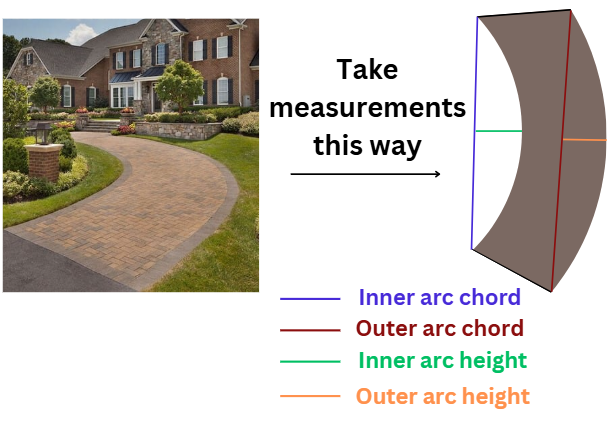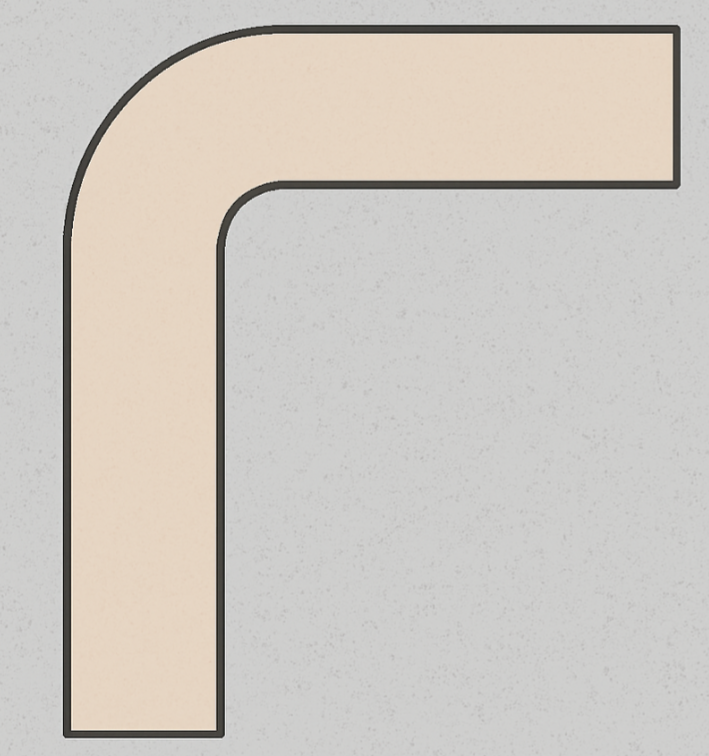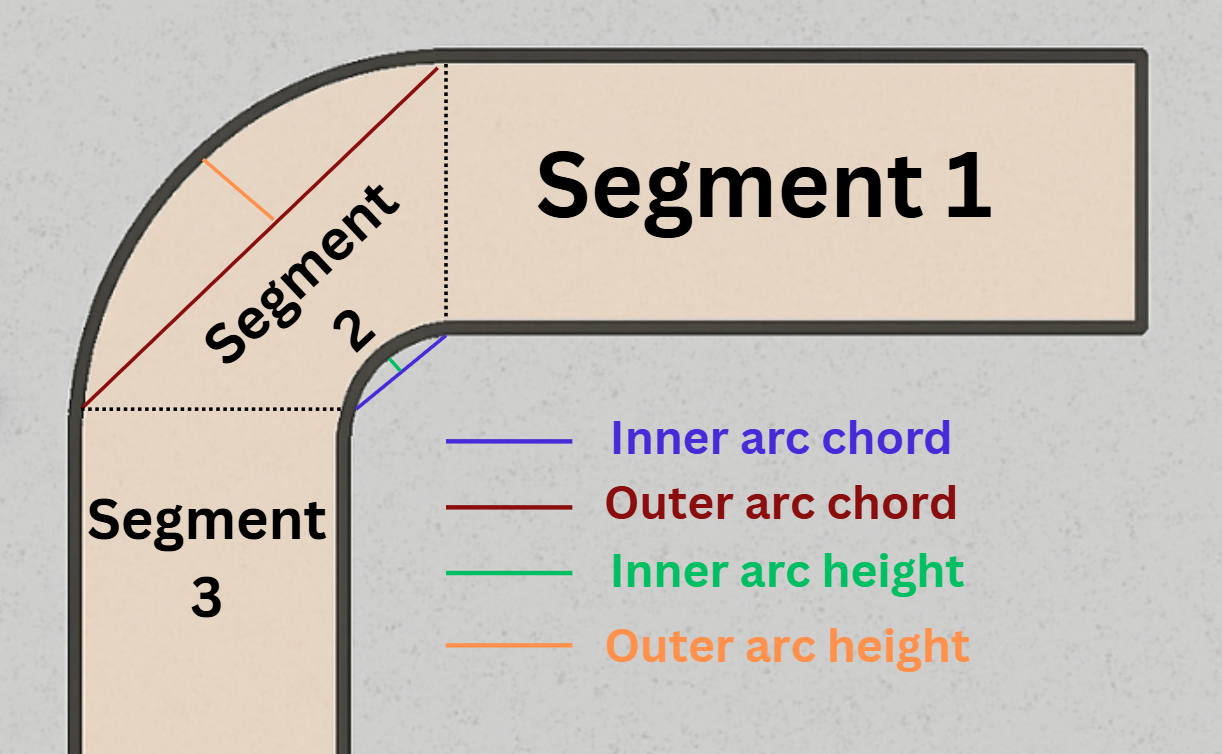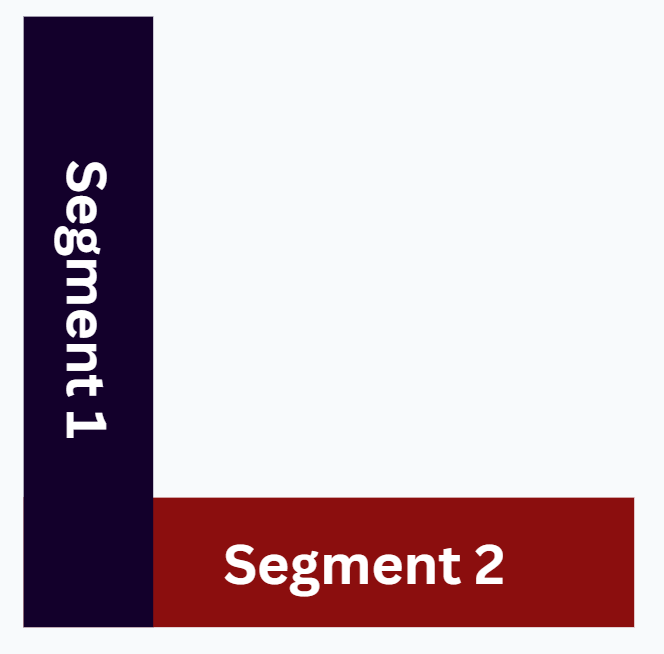Driveway Gravel Calculator
Our all‑in‑one gravel driveway calculator and driveway gravel calculator tools let you quickly determine both volume and weight—no guessing at how much gravel for a driveway.
Driveway Gravel Calculator – Straight Path
Width
Calculation is based on average density of 1600 kg/m³.
Calculation Results
Gravel Volume
0.00 m³
Gravel Weight
0.00 t

Sloped Driveway Gravel Volume & Weight Calculator
Calculation is based on average density of 1600 kg/m³.
Calculation Results
Gravel Volume
0.00 m³
Gravel Weight
0.00 t

Driveway Gravel Calculator – Curved Path
Calculation is based on average density of 1600 kg/m³.
Calculation Results
Gravel Volume
0.00 m³
Gravel Weight
0.00 t

L‑Shape Walkway Gravel Calculator (Curved Corner)
First Straight Path (Segment 1)
Curved Path (Segment 2)
Second Straight Path (Segment 3)
Calculation is based on average density of 1600 kg/m³.
Calculation Results
Total Gravel Volume
0.00 m³
Total Gravel Weight
0.00 t


Simple L‑Shape Walkway Gravel Calculator
First Straight Segment
Second Straight Segment
Calculation is based on average density of 1600 kg/m³.
Calculation Results
Total Gravel Volume
0.00 m³
Total Gravel Weight
0.00 t


How Does This Gravel Driveway Calculator Actually Work?
Both the Straight Driveway Calculator and the Curved Driveway (or Radius) Calculator use geometry and unit conversions to compute how much gravel, rock or aggregate you’ll need by volume, weight and even an instant cost estimate.
Straight Driveway Gravel Calculator Logic
This driveway size calculator assumes a simple rectangular shape—or a rectangle with a variable width if your driveway isn’t uniform.
- Inputs You Provide: Length, Width (or min/max), Depth, Optional Density
- Conversion: All values are converted to meters (or feet/yards)
- If variable width: Average width is calculated:
Width_avg = (Min Width + Max Width) / 2 - Area:
Area = Length × Width(driveway area calculator) - Volume:
Volume = Area × Depth(gravel volume calculator) - Weight:
Weight = Volume × Density(driveway rock calculator) - Results: Auto‑converted to your chosen units (m³, yd³, kg, tons)
Curved & Radius Driveway Gravel Calculator Logic
Curved driveways are treated like slices of a circular path. The calculator uses chord and arc height to reconstruct the curve shape for an accurate gravel estimate.
- Radius Calculation:
R = (C² / 8H) + (H / 2)(driveway radius calculator) - Central Angle (θ in radians):
θ = 2 × arcsin(C / 2R) - Curved Area:
Area = 0.5 × θ × (Router² − Rinner²) - Volume:
Area × Depth - Weight:
Volume × Density - Results: Output in any selected unit system (gravel driveway estimate)
Cost Estimation & Gravel Driveway Cost Calculator
Once you have total volume (m³ or yd³) or weight (kg or tons), multiply by your supplier’s price per unit (per cubic yard, cubic metre or tonne) to get an immediate cost for your driveway project.
Gravel Density Assumption
If you don’t enter your own density, the tool assumes a standard gravel density of 1,600 kg/m³. You can override this if your supplier gives a different value.
Pro tip: Add 5–10 % extra to account for compaction, slope variation, sub‑base overlap, or general waste.
What If My Driveway Is Neither Straight Nor Curved?
Not all driveways fall into perfectly straight or smoothly curved shapes. Some may include winding paths, S‑curves, bulb‑outs, angles, slope changes or inconsistent widths along their length. If your layout doesn’t match the two calculators provided, don’t worry—there’s still a way to estimate your gravel needs accurately.
Break It Into Sections
The most effective approach is to divide your driveway into smaller segments that approximate straight or curved shapes. For example:
- Use the Straight Driveway Calculator for rectangular sections
- Use the Curved/Radiused Calculator for arc‑like or round portions
- Use average widths or measurements for irregular angles
After calculating each segment separately, add the volumes together to get a total estimate. This mirrors how contractors measure complex driveways in real‑world projects.
Tips for Irregular Shapes
- Use a measuring tape and marking chalk to divide the driveway into manageable shapes on the ground.
- For “S” shaped drives, treat each curve separately using the chord/arc method.
- If a section widens, split it where the width changes and treat both parts independently.
- Always round up your final volume to account for overlaps, gaps, compaction losses or slope adjustments.
This layered estimation approach gives you a reliable total volume even if your driveway doesn’t fit a textbook geometry.
Why Use a Driveway Gravel Calculator?
Manually estimating gravel can quickly go wrong, especially with irregular shapes, slopes or multi‑layer sub‑bases. Ordering too little leaves your project incomplete, while ordering too much wastes money and space. This driveway material calculator does the math for you, making sure you get the right quantity on your first try.
Tips & Best Practices for Driveway Gravel Projects
- Always round up your final result to account for compaction, settling, edge loss and slope.
- Prepare a solid sub‑base and level surface before adding gravel; treat sub‑base layers separately if needed.
- Consider layering finer gravel on top of coarser base gravel for better compaction and drainage.
- For curves and radii, double‑check your chord and height measurements—they greatly influence final volume.
- Order a bit extra if your driveway has uneven or sloped sections to cover any measurement gaps.
Frequently Asked Questions (FAQs)
What if my driveway width varies?
Use the "Min & Max Width" mode to enter both values. The calculator will average them automatically for better accuracy.
Can I calculate gravel for a circular or semi‑circular section?
Yes. The curved calculator works based on the arc segment method. As long as you know the chord and height for both inner and outer edges, it will provide accurate volume.
How do I calculate gravel needs on a slope?
Enter the slope angle or rise/run to adjust your plan‑view area (plan area ÷ cos(angle)), then multiply by depth and density.
Can I estimate sub‑base gravel separately?
Absolutely. Treat your sub‑base layer as its own section—enter its length, width, depth and density to get a separate volume that you can add to your surface gravel total.
How deep should my gravel be?
Typical depth is 4 to 6 inches for residential use. For heavier vehicles, softer soil or deeper sub‑base layers, consider up to 8 inches.
Why does the calculator ask for both inner and outer arc measurements?
Curved driveways are shaped like circular segments. To find the correct area, we subtract the inner arc from the outer arc, then multiply by depth.
Can I adjust the gravel density?
Yes. If you're using a material with a known density, check the "Enter Density Manually" box and input your value in kg/m³ or lb/ft³.
Is this calculator suitable for large commercial drives?
Absolutely. You can use it for small residential drives or long commercial lanes. All measurements and cost estimates scale accordingly.